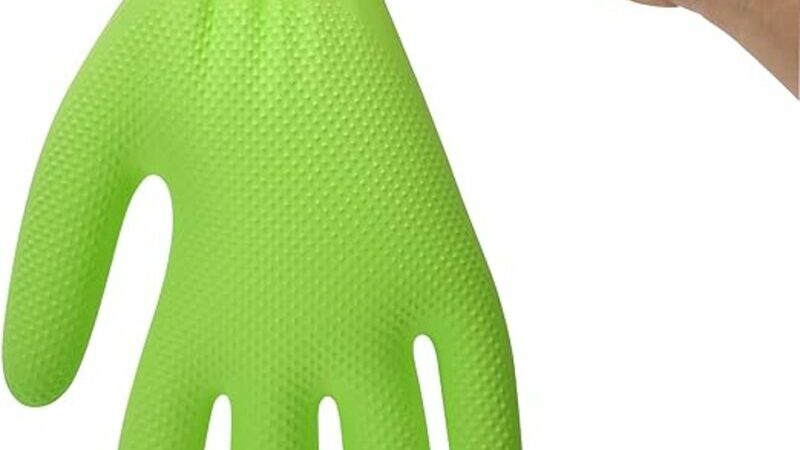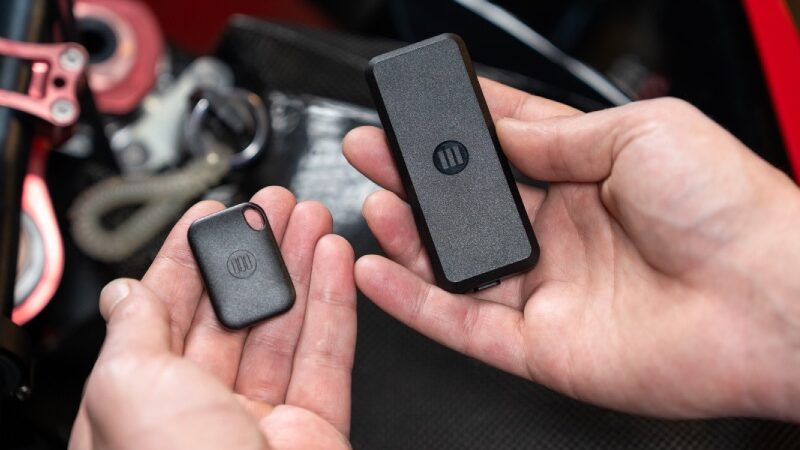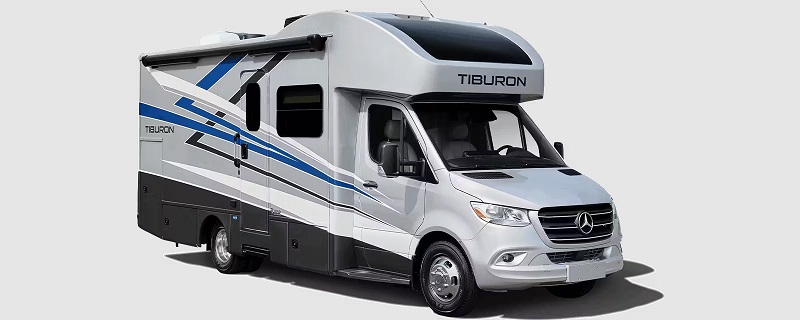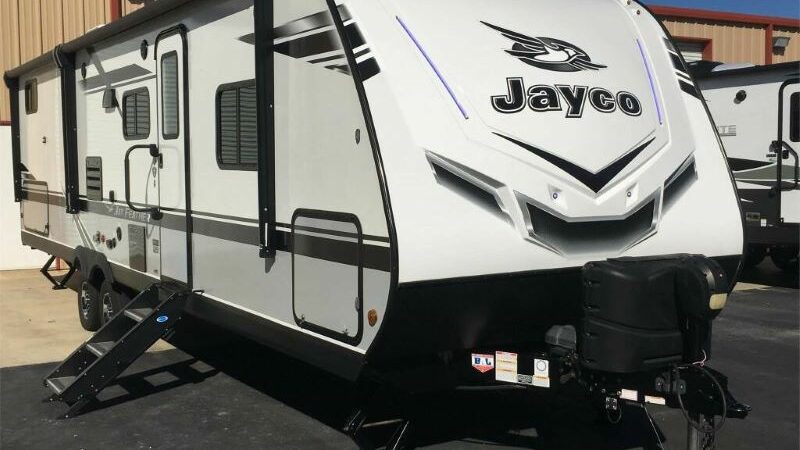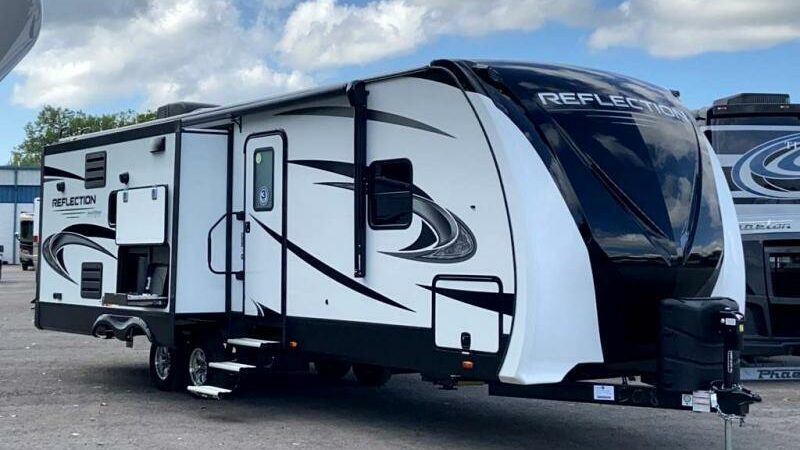Best RV Suspension Upgrades For Motorhomes
Thanks for your support! If you make a purchase using our links in this article, we may make a commission. And, as an Amazon Associate, I earn from qualifying purchases. See the full disclosure here.
RV suspension upgrades are more popular than some might believe. As the flexing knee of an RV, a solid suspension system is critical. Factory suspensions, give you a nice ride, but you may need an extra few pounds of towing power or want a smoother ride. The solution is often a third-party upgrade.
That’s where LiquidSpring comes in—a smart suspension system that’s well before its time. If you’re on the fence about LiquidSpring, you need only look at how many emergency vehicles, like ambulances, make this suspension system a required component.
As some of the most important vehicles on the road, EMS vehicles are switching to LiquidSpring for a reason.
If it’s good enough for some of the most technically sophisticated vehicles on the road—EMS, fire trucks, and a variety of other rescue vehicles—it’ll perform excellently on your Class A or C, or Super C motorhome.
Why Upgrade Your RV Suspension?
There’s a sizeable market for suspension repair and third-party suspension system upgrades, covering everything from E-scooters to the biggest industrial trucks. The existence of that market owes its thanks to those seeking suspension upgrades, especially in the RV industry.
As mentioned above, factory suspension systems are good, but a suspension upgrade offers several pros, including the following:
- Reduced sway
- Improved comfort
- Improved control/handling
- Increased traction and wear on your RV tires
- Moderate to heavy impact absorption
- Heavier hauling capability
- Improved towing capacity
That’s a lot of good reasons to consider RV suspension upgrades. If you like to boondock, go off-road, or tow with your motorhome, an upgraded suspension system is even more crucial. But, there are plenty of advantages for those who stick to the asphalt as well.
Common Types Of RV Suspension
LiquidSpring has had great success with its suspension system and has excellent customer reviews. However, after roughly five years on the market, the company is still growing. Their technology is a game changer in the vehicle suspension industry that’s a bit different than traditional suspension configurations.
1. Air Ride Suspension
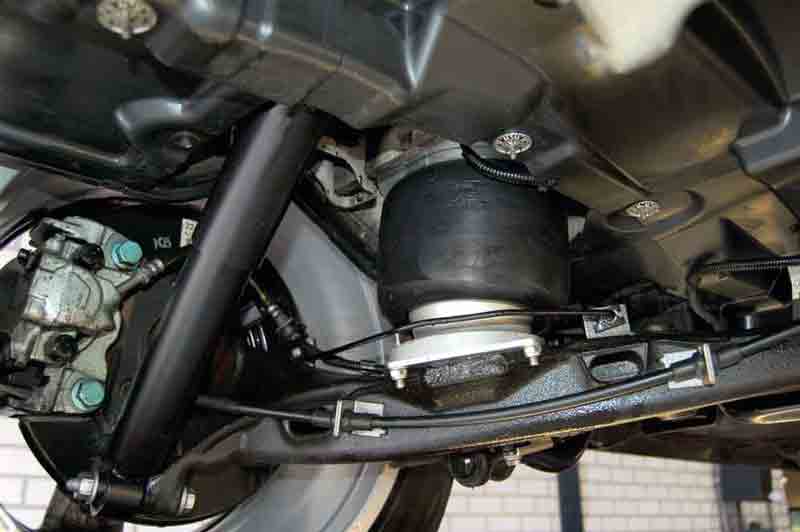
Air suspension is the most common suspension system in diesel and gas motorhomes. It’s also the most common RV suspension upgrade for Class A motorhomes.
Think of it as a small tire with highly compressed air pumped in with a motorized pump. The air acts as the shock absorber, and the rubber bladder is strong enough to keep it all contained.
A cylindrical chamber of air doesn’t compress rapidly or easily. It’s that simplicity and efficiency that makes air suspension a natural choice.
2. Coil Spring Suspension
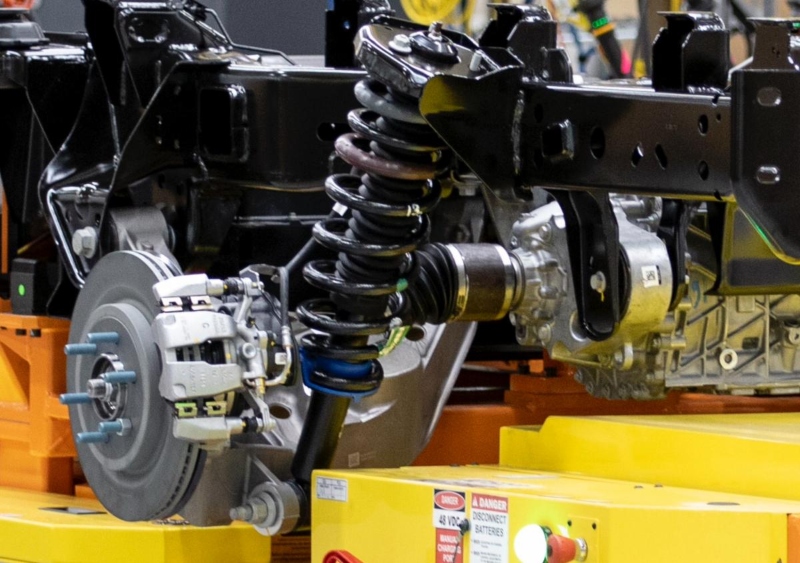
If you look behind or in front of the wheels and see a large, metal coil, you know you’re dealing with a coil spring suspension system. Springs are designed to absorb shocks and vibrations.
They’re treated with heat and tempered on the manufacturing line. You may find the shock absorber inside the spring or next to it, depending on the design.
3. Leaf Spring Suspension
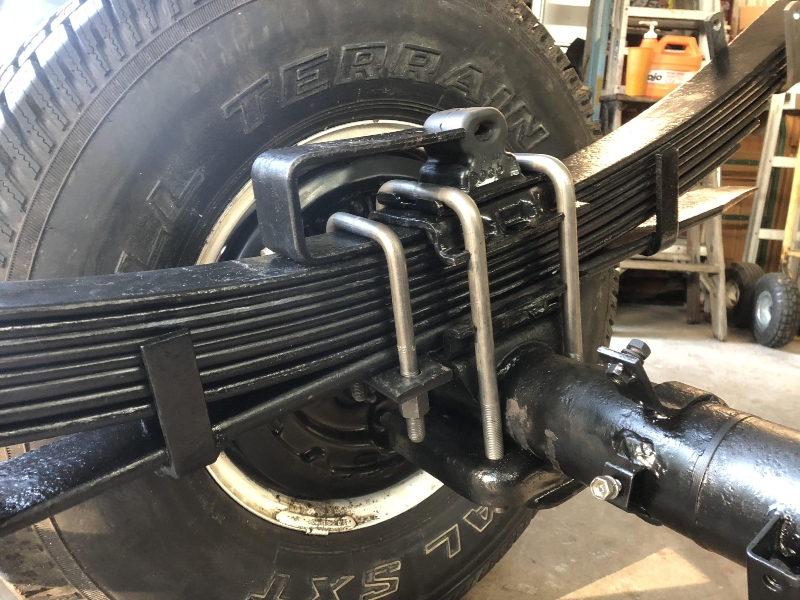
A leaf spring suspension system is often found on travel trailers, and you spot them centered on the axle. The design looks like several, flat bars stacked on top of one another, each one smaller than the last.
The curve, the stacked bars, and the various reinforcements absorb impacts and vibrations on the road.
You’ll find leaf springs on Class B and some Class C motorhomes. Older model Class A motorhomes used them until air suspension became popular.
4. Torsion Axle Suspension on Towables
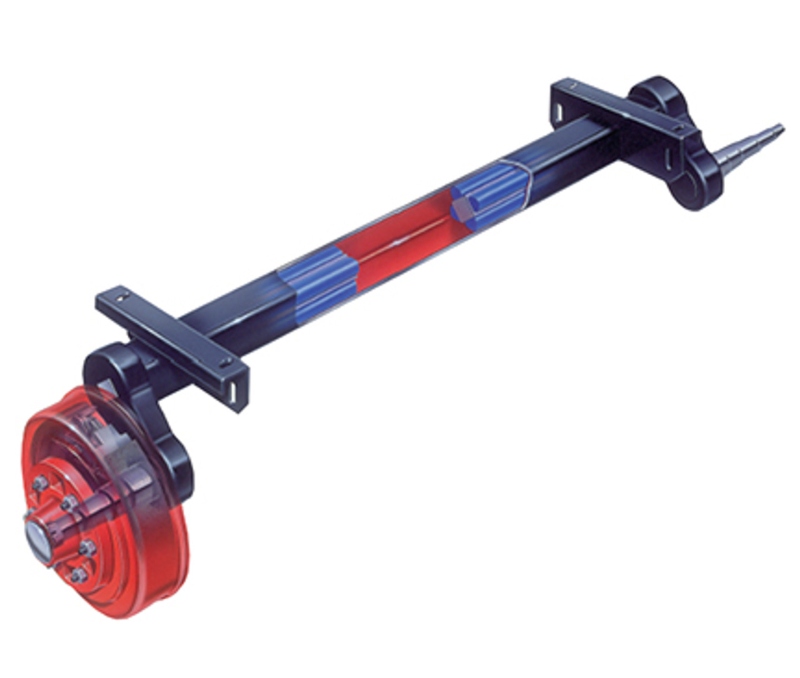
While leaf spring suspension systems are more common on travel trailers, torsion axle suspension systems are a close second. These systems are designed with tubes, typically triangular or square, that contain several rubber bars (Airstream uses a round bar configuration).
The key to this suspension system is the rubber strips that surround the inner bar (The blue parts above). Each time you run over a rough patch in the road, a steel bar compresses the rubber bars within the tube. The rubber absorbs the impact or vibration, dampening it.
Which Suspension Gives the Best Ride?
There is more to a suspension system than just the above components. There are sway bars, equalizers, U-bolts, nylon bushings, wet bolts, axle hangers, struts, and shocks. Some components coordinate with the primary suspension system. Others are secondary add-ons.
It’s difficult to say which suspension provides the best ride because there are more components than just the leaf springs, torsion axles, air rides, or coil springs.
Many aftermarket upgrades don’t involve replacing these systems. Instead, they further enhance the various components associated with them for better performance.
Leaf springs and torsion bars are used mainly on travel trailers, while torsion axles excel on trailers and campers with low centers of gravity.
For motorhomes, air rides are considered the best, especially when combined with a few aftermarket upgrades. Air ride suspension systems are often popular as upgrade options as well. However, they are pricey and require a higher degree of maintenance on an annual basis.
What are the Best Aftermarket RV Suspension Upgrades?
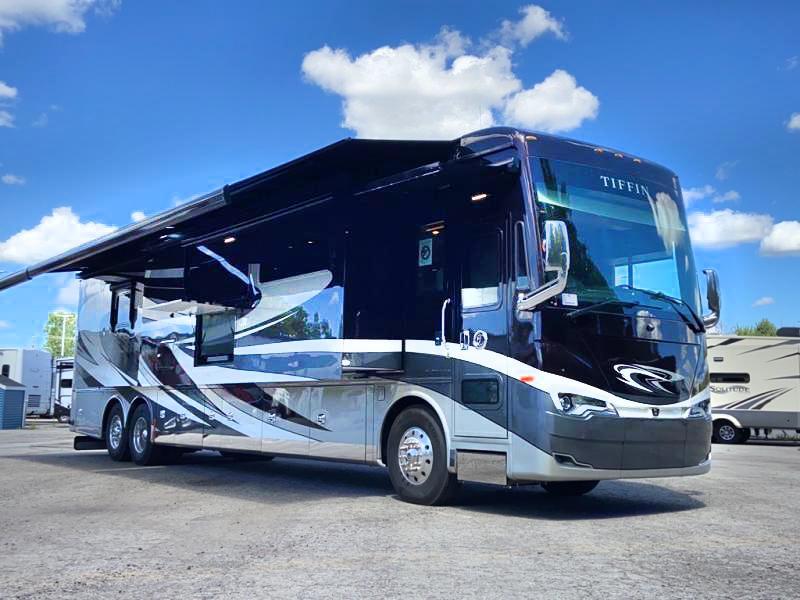
The highest quality suspension upgrades available on the market (outside of LiquidSpring) are CRE and SRE upgrades. More specifically, SRE4000 and CRE3000. This brings us back to the fact that there is more to a suspension system than just the name (description) of the system.
For instance, the CRE3000 and the SRE4000 are upgrades to the equalizers. Both of these suspension upgrades are manufactured by MORyde, and though the system is complicated, the installation process is fairly simplified. Outside of specific brands, several suspension upgrades maximize the system’s capabilities.
1. Lift Kits
Lift kits provide more ground clearance while improving the deadening effects of small to moderate bumps and impacts on the highway. They’re often popular when converting to something more off-road capable.
2. Sway Bars
Designed to connect the frame to the axles, transferring the sway for the frame to the suspension system. This is an excellent upgrade for taller motorhomes and travel trailers that tend to sway far too much for comfort.
3. Rear Coil Spring Assisters
Coil spring assisters are designed to improve rear weight capacity and assist the current suspension system, which is replaceable as well.
4. Semi or Full Air Suspension
Some motorhome owners opt for additional air bladders, usually in the rear of the motorhome. A complete air suspension makeover involves the replacement of the front struts with air bladders and a complete rear suspension replacement.
What is the Best RV Suspension Upgrade?
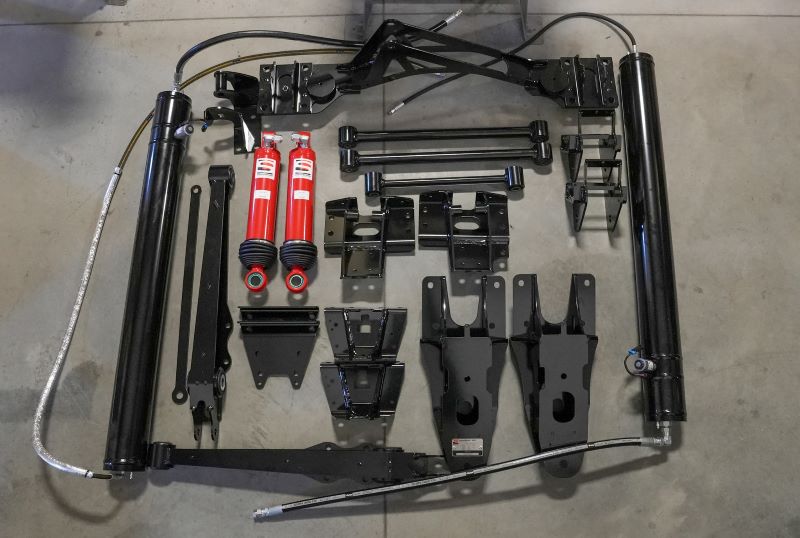
If you want to go from a standard, factory suspension system to the best available on the market, it has to be LiquidSpring. While it’s easy enough to cover some of the best upgrades and only revolves around industry standards, LiquidSpring is new and very efficient.
The concept, believe it or not, is very similar to air ride suspension systems, with liquid replacing the air and a microprocessor providing smarts to something that was once just a reactive technology.
Hit a bump, and the suspension system reacts. Simple as that, right? Well, LiquidSpring takes things to the next level, with software that actively evaluates and predicts.
The liquid compression of the LiquidSpring system may or may not be superior to air, but the onboard diagnostics and automated adjustments definitely take things to the next level.
What are LiquidSprings on an RV?
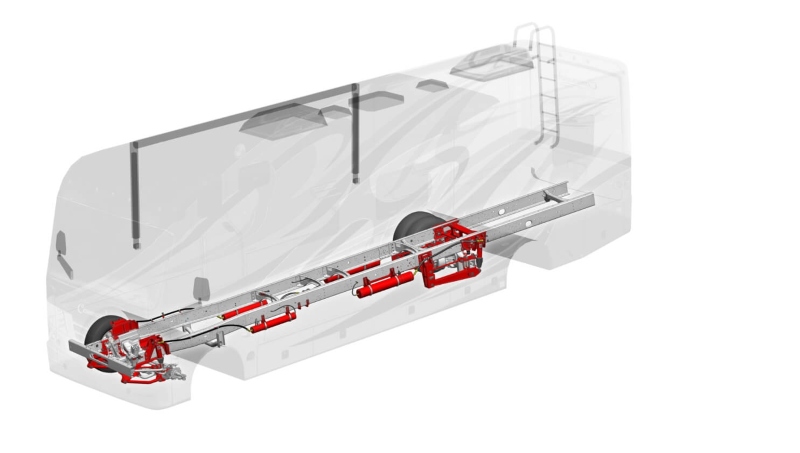
There are five parts to a LiquidSpring suspension system on an RV. The most important component is the microprocessor, where all the automation happens. The power module holds the microprocessor, and it controls the system pressure.
The liquid-based strut is the component from which LiquidSpring gets its name. This is where all the action occurs and is the primary, patented component for the entire system. The driver interface keeps the operator informed and also allows for manual input and controls.
Last but not least, is the 5-link suspension. In short, this is wholly a reactive system. But the system combines software and driver controls into the “equation.” The suspension system is, by itself, a fantastic suspension system. With the added software and driver interface, it far exceeds everything else on the market today.
How Does LiquidSpring Work?
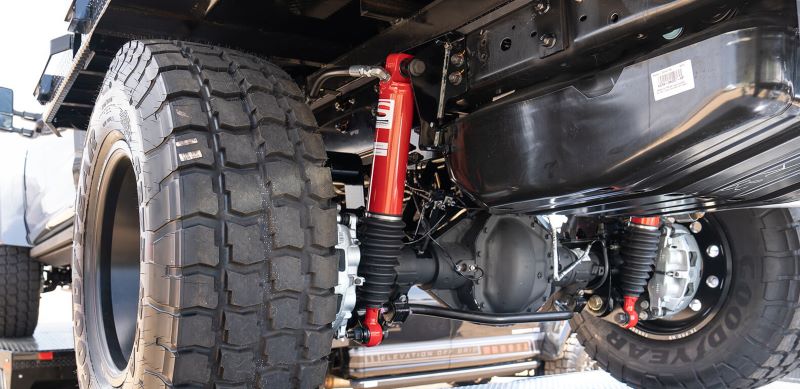
Everything today is trending toward “smart.” There are smart homes, smartphones, smart TVs, smart cars, etc. LiquidSpring suspension systems are no exception. These are customized suspension systems with onboard software that adjust stiffness and damping on the fly.
The system gauges the current driving environment and makes the appropriate adjustments. LiquidSpring does this for every, individual wheel. Have you ever drifted to the side of the road and hit those tiny divots?
Those are put in place because they create a loud sound, waking drivers who have fallen asleep at the wheel. But, a LiquidSpring suspension system will make adjustments only on the wheels that hit those divots, not on the wheels still on the clean hot-top of the highway.
The smart system makes adjustments and evaluates road conditions up to 1,000 times per second. With that level of evaluation and action, you won’t even feel the tiny little adjustments as they’re made, reducing impacts and sway.
The entire thing isn’t automated, however, as the installed system includes a driver interface so you can make manual adjustments on the fly. From the standpoint of mechanical operation, the liquid acts as the pressure system, just like air ride suspension systems use compressed air to create pressure.
How Much Does LiquidSpring Cost?
As a newer technology, LiquidSpring follows the same pattern as most new technologies. It’s considered a little pricey now, but the price should drop as the technology becomes easier to manufacture and more motorhomes are equipped with it.
Right now, you should expect to pay between $10,000 and $15,000. On the bright side, LiquidSpring is expanding rapidly, now installing its systems on ambulances, firetrucks, and school buses.
Class A, Super C, and some Class C motorhomes are the primary recipients of LiquidSpring right now. A scattering of overlanding RVs and some super/heavy-duty trucks can find LiquidSpring system upgrades in their sizes as well.
Where Can I Get LiquidSpring Suspensions Installed?
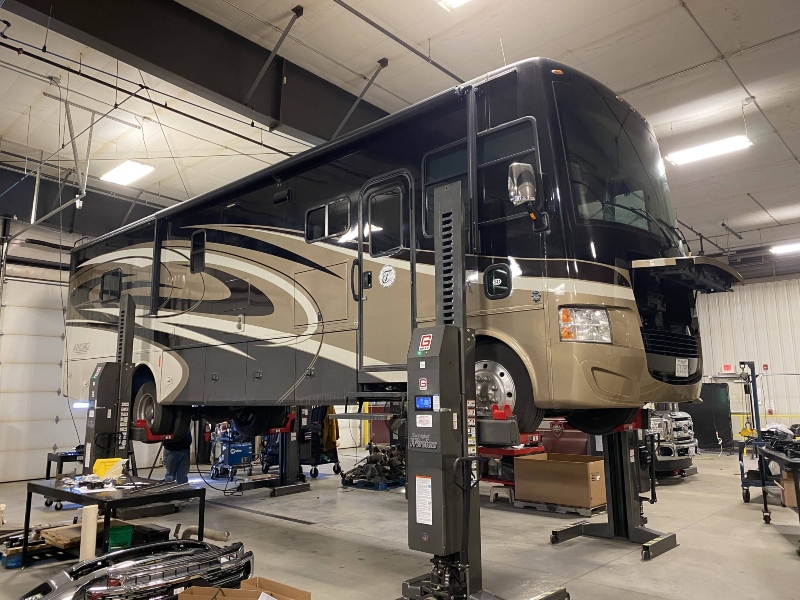
There are two ways to get a LiquidSpring Suspension System on your RV: you can purchase a motorhome with it already installed or find a local, installation dealer. It’s simple enough to find a local dealer.
- Navigate to the LiquidSpring website, homepage
- Select the three horizontal lines in the upper right-hand corner
- Select “how to buy”
- Scroll down to “find an installing dealer”
- On the next page, enter your city/state/zip code
- Select a radius
There’s also a map on the page where you enter your information. It provides a quick view of every installation location in the United States.
The technicians at these locations are exceptionally trained and certified with LiquidSpring. So you have the choice of either taking your RV to their Indiana home location or finding the closest location in your area.
3 FAQs On LiquidSpring Suspension Systems
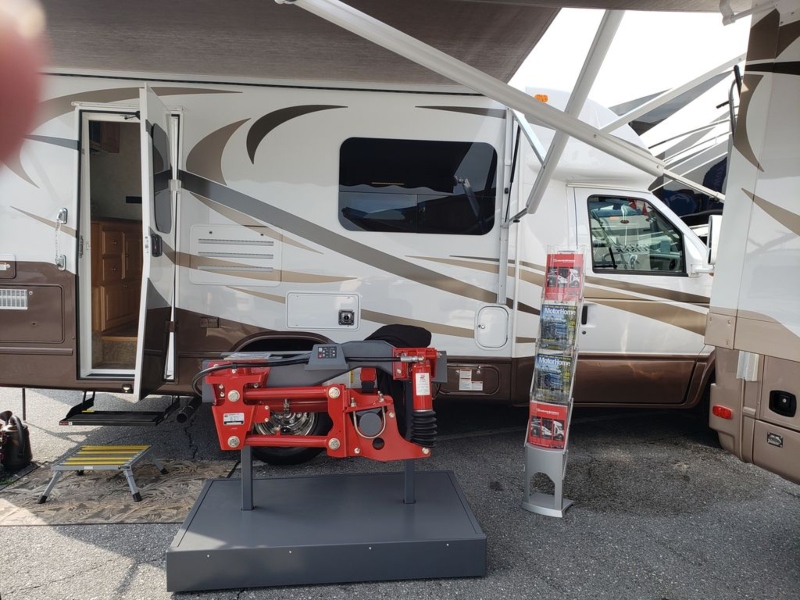
1. What Class Level Can I Get LiquidSpring for RVs?
Right now, the most prevalent are the Class A diesel, Class A gasser, Class C, Super C, and overlanding RVs. However, LiquidSpring is expanding quickly and is now installing its systems on emergency vehicles, fire trucks, and school buses.
2. What RV Brands Offer LiquidSpring On Their RVs?
Multiple brands offer LiquidSpring as a factory option, rather than RV suspension upgrades. These include Tiffin Motorhomes, Fleetwood RV, Holiday Rambler, Nexus RV, and Phoenix Cruiser. You should expect that list to expand shortly.
3. Is There a LiquidSpring Expansion for My Truck?
That depends on the truck. LiquidSpring for overlanding RVs and off-roading trucks is available. At the bottom of their homepage, you’ll find the term, “Adventure Trucks.” Scroll down, and you’ll find a self-generating list of overland truck manufacturers. There are 17 brands to check out, with a series of models for each one.
If you have a large truck and use it to haul a fifth wheel, it’s worth contacting a LiquidSpring Representative to see if your truck qualifies for the upgrade.
All Things Considered On RV Suspension Upgrades
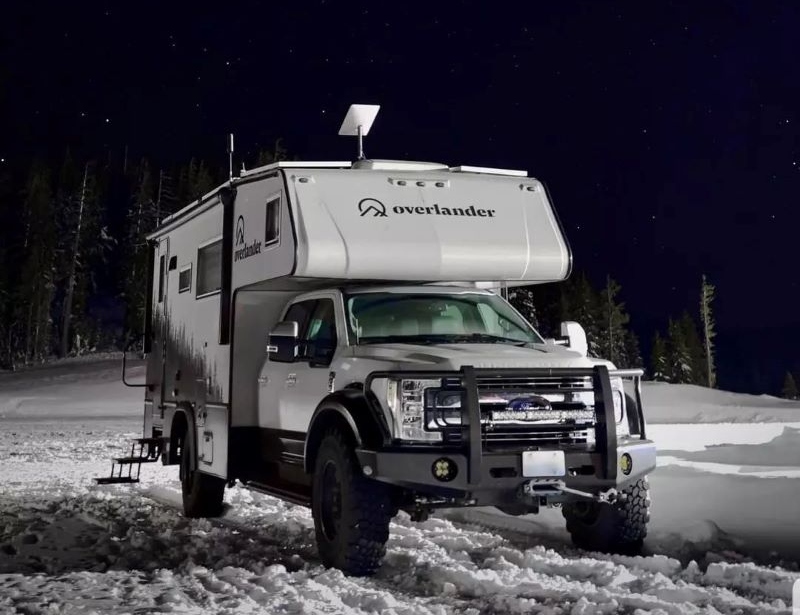
LiquidSpring is a Compressible Liquid Adaptive Suspension System (CLASS) and a relatively new technology in the RV industry. The mechanics are similar to air ride suspension systems but with the added smart technology and onboard software to make adjustments on the fly.
Despite its position as a new product, LiquidSpring is positioned as the best of the RV suspension upgrades for motorhomes. As LiquidSpring continues to expand, expect to see more brands and models with a LiquidSpring suspension factory option.
If you have an older motorhome and looking to upgrade your current suspension system, LiquidSpring is an option well worth a look.
About The Author:
Thomas Godwin is a full-time freelance writer with a BFA in Creative Writing, a U.S. Marine, and an avid outdoorsman.
When he’s not writing, he’s raising chickens and Appleyard ducks. Thomas also constructs teardrop campers (attempting to anyway) and kayaks the Blackwater River with his wife, two daughters, and his Dobermans.

Source: https://rvblogger.com/blog/best-rv-suspension-upgrades-for-motorhomes/

